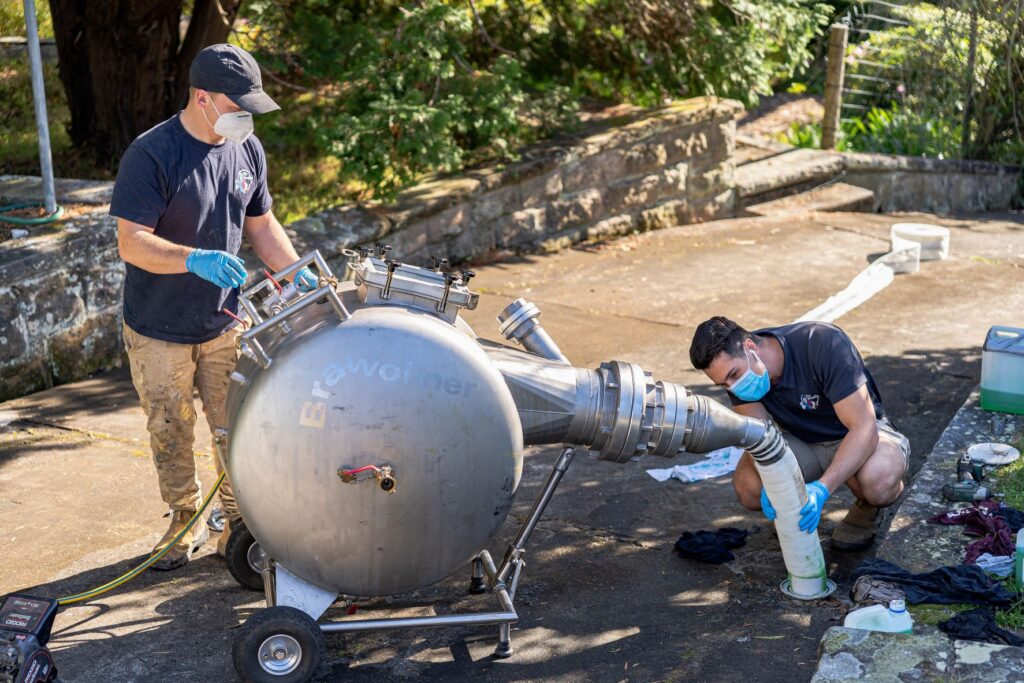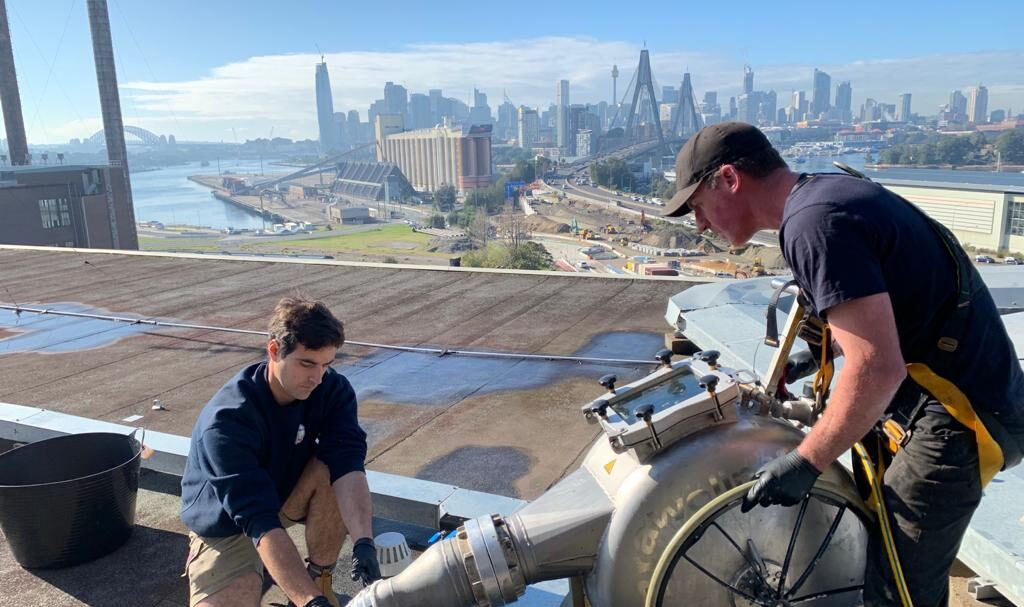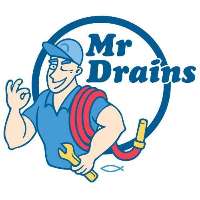Attention homeowners! We’ve all been there – that sinking feeling when you discover a plumbing issue, like a leak or a blocked pipe. Traditionally, fixing these problems involved digging up your yard, paving, and sometimes even the driveway, which can be messy, expensive, and time-consuming. But fear not! There’s a modern and more convenient solution: PIPE RELINING! Let’s break down what pipe relining is, the steps involved in the process, and why it’s a game-changer for homeowners compared to traditional methods.

So, what is Pipe Relining?
Let’s start with the basics. Pipe relining is a cutting-edge method for repairing damaged, blocked, or deteriorating pipes without excavation. It’s like giving your old, worn-out pipes a second chance at life. Instead of digging up your yard or breaking walls and replacing all of the pipes, this process involves lining the inside of your existing pipes with a durable, long-lasting membrane and essentially creating a new pipe within the old one. Ingenious!
What’s involved in the relining process, you may ask. Mr Drains have put together this brief explainer of the steps involved in relining your damaged pipes.
Inspection: The first step is to assess the condition of your pipes and determine the extent of any possible damage or obstructions. Our expert plumbing technicians use advanced tools, such as CCTV drain cameras, to get a clear view of the inside of the pipes. This allows them to identify any cracks, blockages, or areas of corrosion. We’ll even show you the areas of concern so you can see why the pipe should be relined.
After we have established that there is a significant reason for a reline, the pipes need to be thoroughly cleaned. We then use a high-pressure water jetter within the pipe to remove debris, scale, and any obstructions, ensuring a smooth surface for the new lining.
The next step in the process involves the application of the lining membrane. A flexible and resin-coated liner, typically made of polyester or fibreglass, is inserted into the damaged pipe under pressure to ensure a smooth fit. This liner conforms to the shape of the existing pipe.
After the membrane is in place, we apply an inversion process. Inversion is a nifty technique where air or water pressure turns the liner inside out as it’s pushed through the damaged pipe. This effectively adheres the liner to the interior of the old pipe, covering any cracks, holes, or corrosion.
The resin-coated liner now needs time to harden and cure. This usually takes a few hours and can be accelerated using heat or UV light, depending on the type of resin used. Once cured, the new lining becomes as solid and durable as a brand-new pipe.

Finally, after the lining has been set, the Mr Drains reline team will conduct a pipe inspection using our CCTV drain camera equipment. Any necessary adjustments are made, and the pipes are ready to be used.
So, what are the benefits of Pipe Relining?
Now that we’ve covered the process let’s dive into why pipe relining with Mr Drains is a homeowner’s dream come true:
Minimal Disruption: The most significant advantage of pipe relining is that it requires no excavation. Traditional methods involve digging up your yard, disturbing existing paving or concreting or breaking through walls, causing extensive disruption and damage to your property. With pipe relining, you can say goodbye to the mess and chaos.
Cost-Effective: Pipe relining can often be more cost-effective than traditional plumbing repairs. You won’t have to pay for excavation, landscaping restoration, or repair work. Plus, it’s faster, which means you’ll save on labour costs.
Long-Lasting Solution: The materials used in pipe relining are highly durable and designed to withstand the test of time. The new lining can last for decades, making it a long-term investment that spares you from future plumbing headaches. Mr Drains offers a lifetime workmanship warranty on all reline work.
Improved Flow: Pipe relining doesn’t just repair damage; it can also improve water flow in your pipes. The smooth, seamless lining reduces the risk of future clogs and blockages, keeping your plumbing system functioning at its best. This is especially beneficial for older pipes, such as cast iron, that will rust and build up deposits over time.
Eco-Friendly: Pipe relining is also more environmentally friendly than traditional repairs because it generates less waste. No excavation means less soil disruption and fewer materials to be disposed of.
Property Preservation: If you have a beautifully landscaped garden or a well-finished basement, pipe relining ensures your property remains intact. You won’t have to deal with the costly and time-consuming task of restoring the aesthetics of your home.
Minimal Downtime: Traditional plumbing repairs can take days or even weeks, leaving you without access to essential utilities or areas of your home. Pipe relining is much quicker, often completed within a day, so you can quickly return to your daily routine.
Versatility: Pipe relining is not limited to specific types of pipes. It can be used to repair various materials, including clay, cast iron, PVC, and more. So, no matter what your existing pipes are made of, pipe relining can help. You also benefit from the flexibility of only repairing the damaged pipe section instead of replacing the entire section; this is called a ‘sectional reline’.
Reduced Risk of Future Damage: The lining material creates a protective barrier inside your pipes, reducing the risk of future damage, such as root intrusions, corrosion, or leaks. This means fewer callouts to plumbers in the long run and fewer bills!
Pipe relining is like a magic wand for homeowners dealing with plumbing issues. It’s a non-invasive, cost-effective, and eco-friendly solution that repairs your pipes and enhances their performance and longevity. So, the next time you encounter a plumbing problem, consider pipe relining as a modern, hassle-free alternative to traditional excavation methods. Your home, your wallet, and your peace of mind will thank you!
